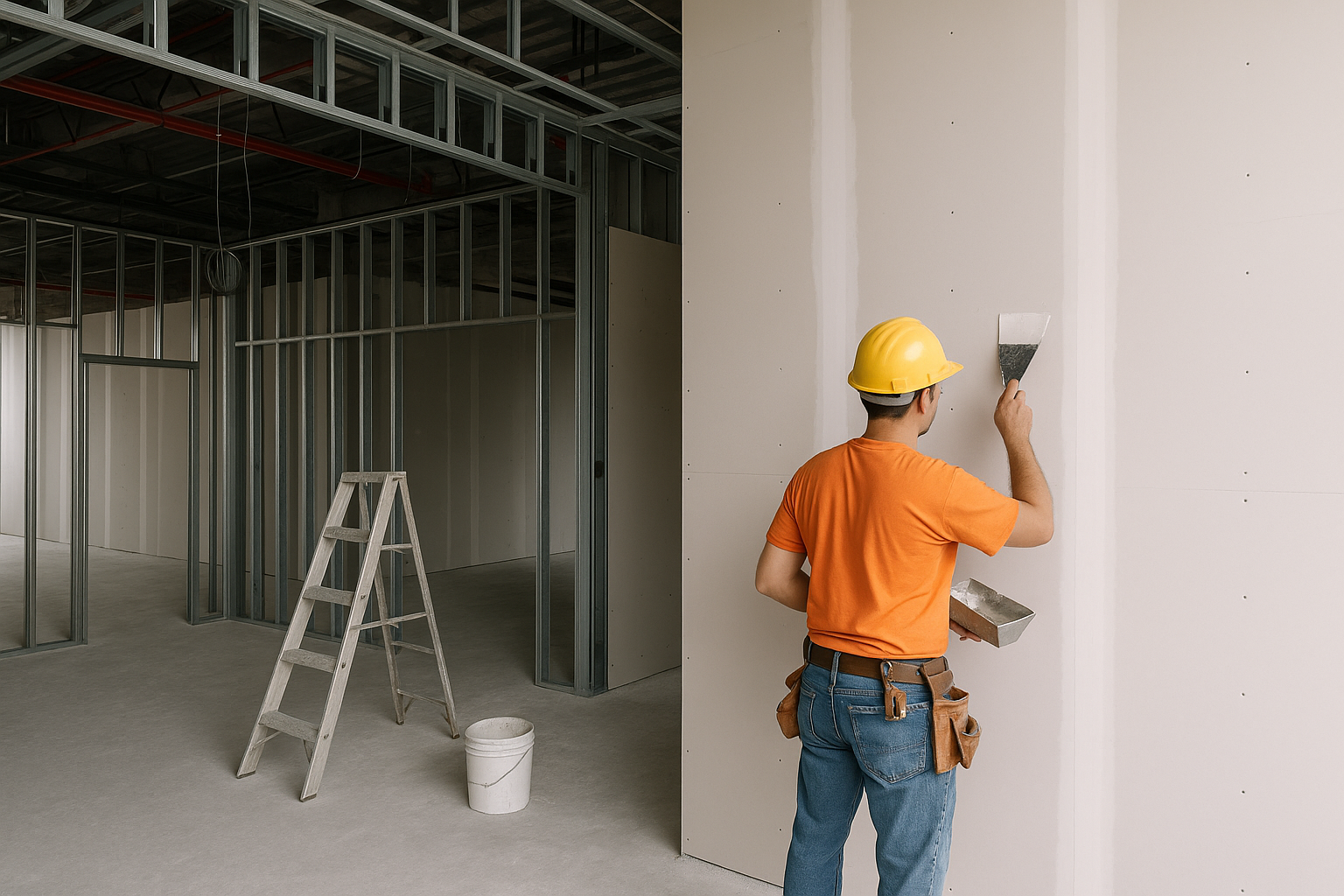
When it comes to drywall estimating, one critical element that’s often misunderstood or inconsistently calculated is scrap and recovery rates. These metrics play a pivotal role in determining the accuracy of project budgets and material procurement strategies, especially for general contractors, engineers, and architects tasked with delivering both cost-effective and precise construction outcomes.
Scrap rate refers to the percentage of drywall materials that are lost during cutting, fitting, and handling. Recovery rate is the portion of materials that can be reused from offcuts or unused stock in subsequent stages of the project. Accurately projecting these rates ensures better budgeting, less waste, and more predictable procurement cycles.
Underestimating scrap rates can result in costly last-minute purchases and project delays, while overestimating inflates budgets and ties up cash in unused inventory. Effective material estimation not only reduces financial risk but also supports sustainability and lean construction principles.
Rather than relying on rough industry averages, leading contractors are now embracing data-driven intelligence to refine their understanding of scrap and recovery metrics. Historical data from past projects, combined with model-based estimating tools, can uncover patterns such as:
Here are several best practices for improving the accuracy and efficiency of your drywall estimates:
Understanding scrap and recovery becomes significantly more manageable with a system designed around data-driven workflows. Active Estimating provides a platform where estimators can align subjective inputs with objective data from BIM and real-world production, improving prediction models and material use efficiency across projects.
It also enables automated comparisons between different model versions, highlighting the delta in quantities and costs, which can be directly tied to scrap rates. For firms specializing in interior trades, such as drywall estimating software, the ability to iterate faster and with more accuracy transforms the entire project planning and delivery cycle.
Drywall scrap and recovery rates are not static figures—they shift with every variable in a project’s lifecycle. That’s why relying solely on static assumptions can be detrimental. Embracing a data-driven approach allows construction professionals to turn estimating into a dynamic, predictive process—ultimately saving money, time, and materials while delivering more competitive bids and tighter cost control.
For more details about our approach to drywall estimating and how we can help streamline your projects, please contact:
Richard Schoener
Email: richard@activeestimating.com
Phone: (530) 601-7899
Schedule a personalized demo to see how Active Estimating can work for your specific needs.
